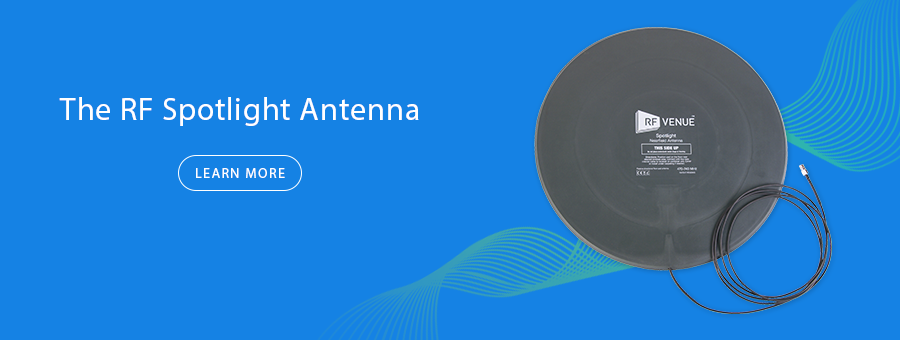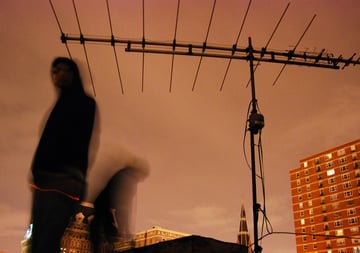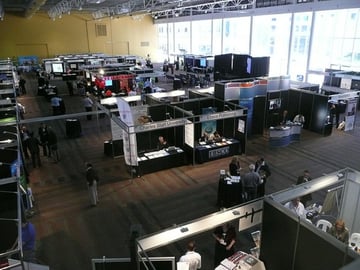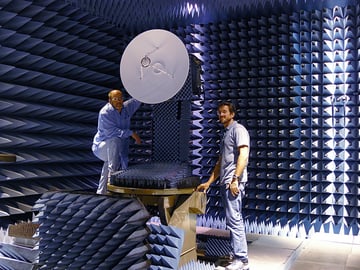- Products
- All Products
- RF PA Extension Kit
- Wireless Microphone Upgrade Packs
- In-Ear Monitor Upgrade Packs
- Wireless Microphone Antennas
- Wireless In-Ear Monitor Antennas
- Antenna Distribution for Microphones
- Antenna Combiners for In-Ear Monitors
- Multi-Zone Antenna Combiners
- Spectrum Tools
- Accessories, Cables and Parts
- Solutions by Venue
- Resources & Training
- Performance Tools
- About Us
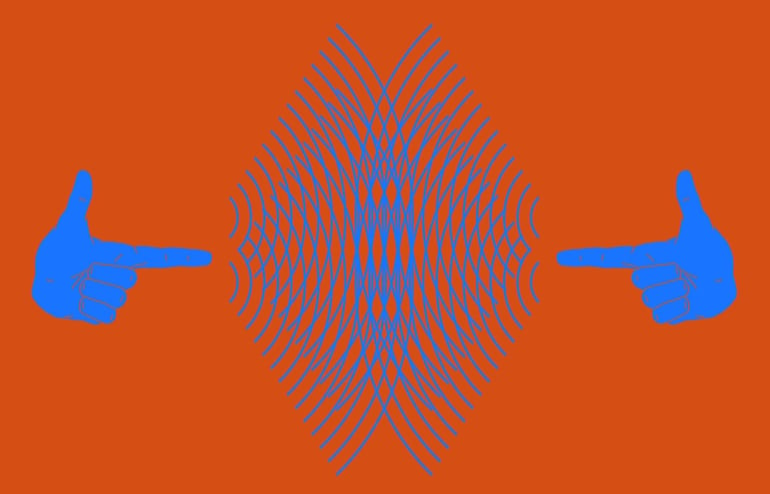
“Shootouts” or “Range Tests,” as commonly performed, reveal next to nothing about the performance of an external antenna or radio system.
Range tests are often done by taking a transmitter and receiver pair (abbreviated Tx/Rx) out to a flat, unobstructed location, like a park or football field, putting the receiver in one place, connecting it to accessories, and walking the transmitter out as far as it will go before detrimental artifacts are heard due to poor signal-to-noise ratio at the receiver.
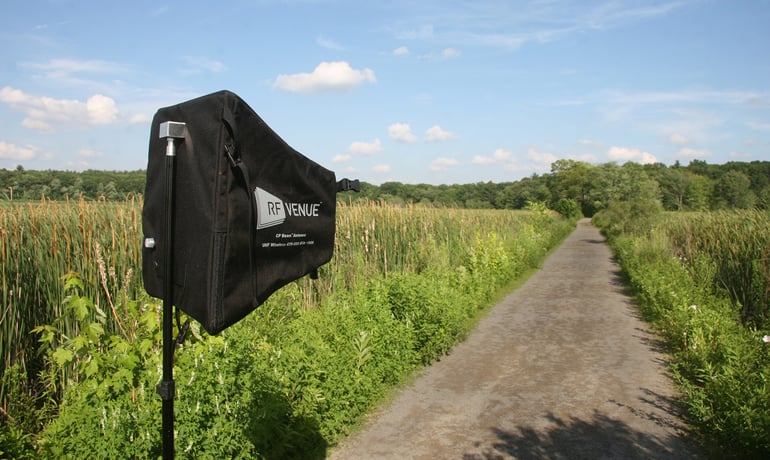
A single range test as described always fails to provide an operator with useful information on whether an antenna is right for their kit, or whether one wireless kit is better than another.
In fact, range tests are often executed so poorly, and with so little understanding of what is actually going on, that they can mislead an operator to elect an antenna system that makes things worse over the long term, not better.
If shootouts are performed to establish the superiority of one tool over another for a given use, shootouts are a type of experiment. They may not be “true” experiments, but they have the facade of a scientific experiment because they seek to discover a difference between two things through measurement and qualitative observations.
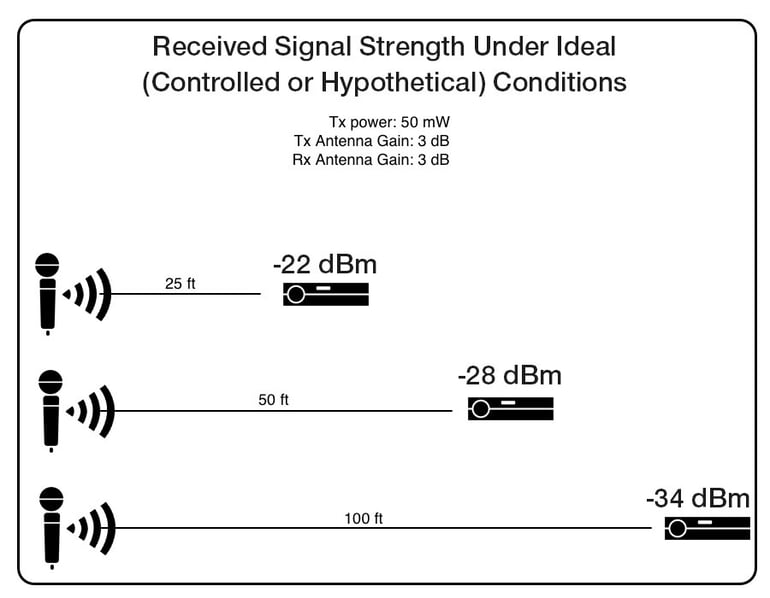
Don't expect these results in the real world!
If shootouts were evaluated as experiments, they would violate several cardinal rules of experimental design and scientific method. Of these rules, validity and reliability are among the most important.
The lack of "control" is also important.
I defer to the University of California, Berkeley, for the definition of scientific control.
"…to keep a variable or variables constant so that the impact of another factor can be better understood."
It's very difficult to isolate range from all of the variables in a wireless system. The system connects to other systems (mixers, software, etc), and wireless device performance are also influenced by external variables completely out of your control, like objects nearby, atmospheric and indoor conditions, and spectrum quality.
Here are a few reasons why wireless shootouts don’t work.
- The nature and interaction of radio waves in space: Radio waves are invisible and inaudible, but they travel through physical space and interact with one another, and objects in their environment, in complex and unpredictable ways. The radio spectrum in any given location on earth is different from any other location. In urban and suburban areas, where there are many RF reflective and absorbent materials as well as competing signals and noise from other electronic devices, a receiver’s antenna may conduct and demodulate a spectrum that is dramatically different than another antenna only inches away.
- Multi-path interference: Is the leading cause of wireless audio dropouts in indoor applications, and very common outdoors too. A multi-path null is created when at least two radio waves carrying RF modulated audio arrive at the receiver antenna at slightly different times (since they follow indirect, reflected wave-fronts, rather than line-of-sight) and so may arrive together out of phase, causing destructive cancellation of the wave. A multi-path null has a shape and size, and is always moving in a real-world RF environment. At UHF frequencies, this null may be as large as a grapefruit, or as small as a ping-pong ball. Even if one were to use antenna distribution so one pair of antennas were used for both receivers in the shootout, the experimenter would also have to move the transmitter in a precise, repeatable way, and only test one transmitter at a time to avoid IMD.
- Apples to oranges: If a device for one application is tested for performance in a different application, that is “apples to oranges,” when “two items or groups of items are compared that cannot be practically compared.” Taking RF Venue products as example, if the Spotlight antenna and CP Beam helical antenna were subjected to a shootout, the Spotlight would “lose.” According to the definition of win/lose in a shootout, of course it will! The Spotlight is designed for enabling wireless systems to work under adverse RF conditions, like heavy spectral congestion. It has no directional gain, and so even though the range of the Spotlight can be several hundred feet, when pitted against an antenna designed specifically to increase range, it’s gonna lose the range shootout. That doesn’t mean the Spotlight is a poorly designed antenna, or that it has no useful applications. As countless satisfied users will attest, it most certainly does. (And directional gain is only one of many different specifications that describe the performance of an external antenna)
It’s tempting to set up a simple, one-time, easy comparison to try and get at the truth of whether one wireless system or component is better than another, but we should all resist that temptation, because we will never arrive close to truth.
Wireless products often fail to reveal their quality in a brief period of time, because a short period in one location under one set of RF conditions is not enough time to collect data and observe system behavior across multiple environments and device configurations to arrive at a valid conclusion.
[PART TWO]
*Leading wave illustration icon courtesy "emilegraphics"
Tag(s):
Knowledge Guides
Alex Milne
Alex Milne was Product Marketing Manager and Digital Marketing Manager for RF Venue, and a writer for the RF Venue Blog, from 2014-2017. He is founder and CEO of Terraband, Inc., a networking and ICT infrastructure company based in Brooklyn, NY., and blogs on spectrum management, and other topics where technology,...
More from the blog
Subscribe to email updates
Stay up-to-date on what's happening at this blog and get additional content about the benefits of subscribing.

